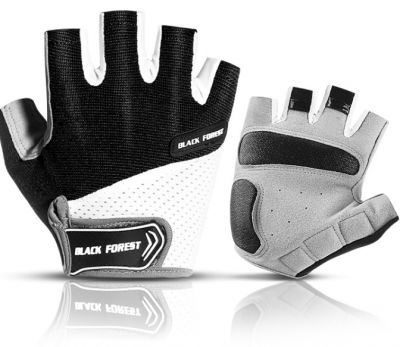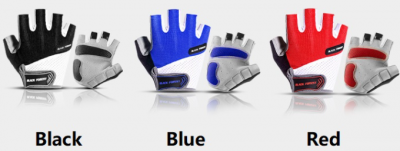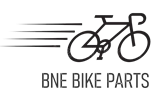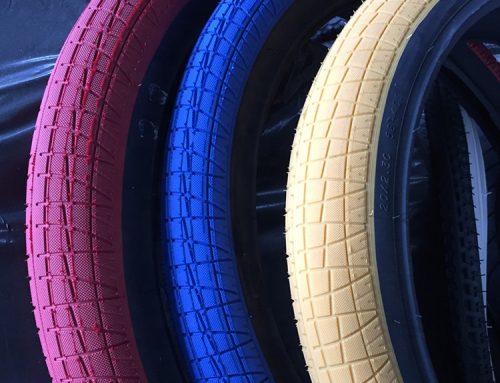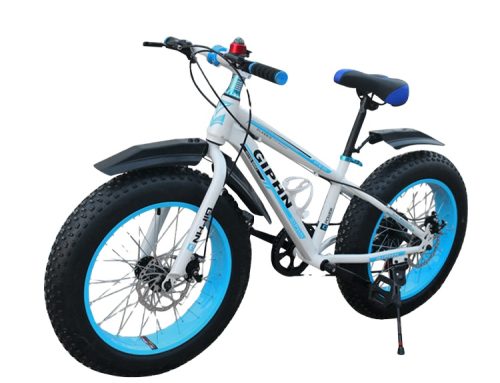When looking for comfort bike seat padding options, it’s important to find the right balance between cushioning and support. Here are some common types of padding materials used in bike seats, along with their characteristics:
- Gel Padding:
- Gel inserts provide a soft and cushioned feel.
- Offers pressure relief by distributing weight evenly.
- Ideal for riders who want extra comfort on longer rides.
- Gel padding can sometimes become compressed over time.
- Foam Padding:
- High-density foam provides support and cushioning.
- Offers a balance between comfort and durability.
- Varies in firmness; softer foam might feel more comfortable.
- Foam padding retains its shape better than gel over time.
- Memory Foam:
- Conforms to your body shape, providing a personalized fit.
- Offers good cushioning and pressure relief.
- Memory foam can be more comfortable for some riders, especially on longer rides.
- Air Padding:
- Air-filled chambers create a cushioning effect.
- Allows for adjustable firmness by adding or releasing air.
- Provides good shock absorption and comfort.
- Combination Padding:
- Some seats use a combination of foam and gel to provide both support and cushioning.
- Offers a balanced feel that caters to different preferences.
- Open-Cell Foam:
- Provides breathability and moisture wicking.
- Keeps you cooler during rides.
- Offers moderate cushioning without being too soft.
- Elastomer Springs:
- Found in some comfort bike seats, especially cruiser-style saddles.
- Offers a suspension-like effect by absorbing shocks and vibrations.
- Provides a plush and comfortable feel.
- Honeycomb Padding:
- Utilizes a structure similar to a honeycomb for cushioning.
- Offers good weight distribution and comfort.
- Can be found in some modern saddle designs.
When choosing a comfort bike seat with the right padding, consider the following tips:
- Try Before You Buy: Whenever possible, test out different saddle options to see how the padding feels during rides.
- Ride Length: Consider the distance of your typical rides. For longer rides, a saddle with more cushioning might be preferable.
- Anatomical Considerations: If you experience pressure on specific areas, look for a saddle with cutouts, channels, or relief features in addition to padding.
- Personal Preference: Comfort is subjective, so what feels comfortable to one person might not feel the same to another. Don’t hesitate to explore different options until you find the right fit.
- Saddle Shape: The overall shape of the saddle, including its width and curvature, will also impact comfort. Make sure the padding complements the shape that suits your body.
Remember that while padding is important, proper saddle fit and alignment are equally crucial for overall comfort. If you’re unsure which type of padding would be best for you, consider seeking advice from experienced cyclists or visiting a local bike shop to try out different saddle options.
